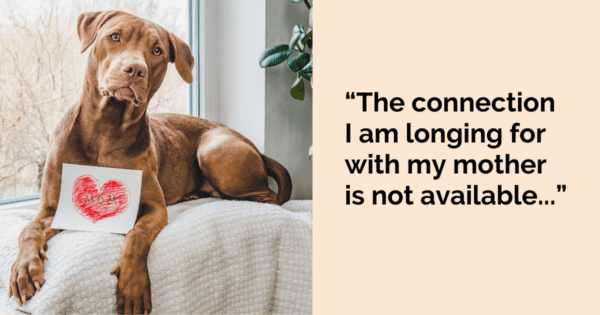Focusing and Hypnotherapy
~~~~~~~~~~~~~~~~~~~~~~~~~~~~~~~~~~~~~~~~~~
Marlene wrote to ask me to compare Focusing with "some of the techniques used in hypnotherapy."
Dear Marlene, Since I know a lot about Focusing but not much about hypnotherapy, I decided to call on a "guest expert" to help me write this Weekly Tip. I called up my good friend Lucinda Hayden who is both a Certified Focusing Professional and a Certified Hypnotherapist. I figured she would know!
Lucinda started by telling me that there as many forms and types of hypnotherapy as there are forms of psychotherapy. So what we say here might not apply to all types. Perhaps the type of hypnotherapy most similar to Inner Relationship Focusing is something called "parts therapy," where the "part" responsible for a behavior is asked to explain its purpose in doing the behavior (for example, smoking cigarettes) and is asked to come to terms of agreement with other parts.
Lucinda saw a number of differences between this work in hypnotherapy and what we do in Focusing. Here are the main ways hypnotherapy differs from Focusing:
* people need to be in a trance state
* the practitioner asks questions
* the practitioner is directive in terms of what needs to happen
* "parts" are considered static and given names
* the practioner gives suggestions to the "subconscious"
By contrast, Focusing happens in an ordinary relaxed state rather than a trance state. The practitioner makes invitations and has an open mind about what needs to happen; what needs to happen comes from the process itself. "Parts" are considered temporary, and the concept of "subconscious" is not used. In Focusing, we talk rather about "the implicit" which is in awareness but not yet explicitly formed.
"Imagine yourself making these healthy choices…"
~~~~~~~~~~~~~~~~~~~~~~~~~~~~~~~~~~~~~~~~~~
Lucinda told me that she does combine Focusing with hypnotherapy in the work she does with people, which covers a wide range of issues with a special emphasis on struggles with emotional eating. How does she combine them? I asked her.
"First, we do a lot of Focusing," says Lucinda. "I support the person in listening to all the parts that are involved in the issue, the parts that are longing for change and the parts that feel like they’re in the way of change. When the parts are on the same page, then I use hypnotherapy.
"I learned from you and Barbara McGavin," she continues, smiling at me, "that every part of us has a Wanted Feeling that it wants us to be able to feel. When all of the parts are ready, when they’ve found the Wanted feeling, that’s when hypnotherapy can help to have more of the Wanted feeling.
"I bring the person into a light trance and invite them to imagine, for example, making the healthy choices we talked about… and feeling good about that. It enhances the Focusing work… and because we’ve done the Focusing first, there isn’t any sense of forcing."
Thanks so much to Lucinda Hayden, our guest expert this week! (Click below to find out more about Lucinda’s programs or to contact her…)






Hi Ann,
I found this discussion fascinating, so I am drawn to ask, as I am not sure I understand was does ‘wanted feeling’ mean?
Does it mean that the part is wanting something (such as, to be listened to) or does ‘wanted’ mean the part needs to feel wanted?
or is it something other?
Thankyou Ann